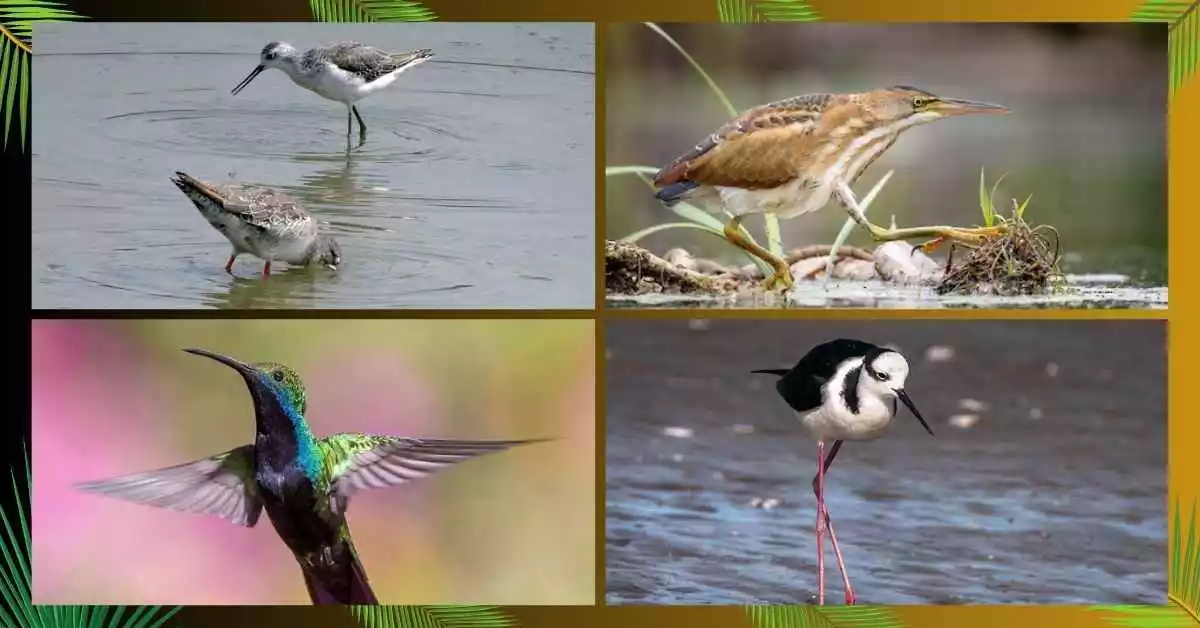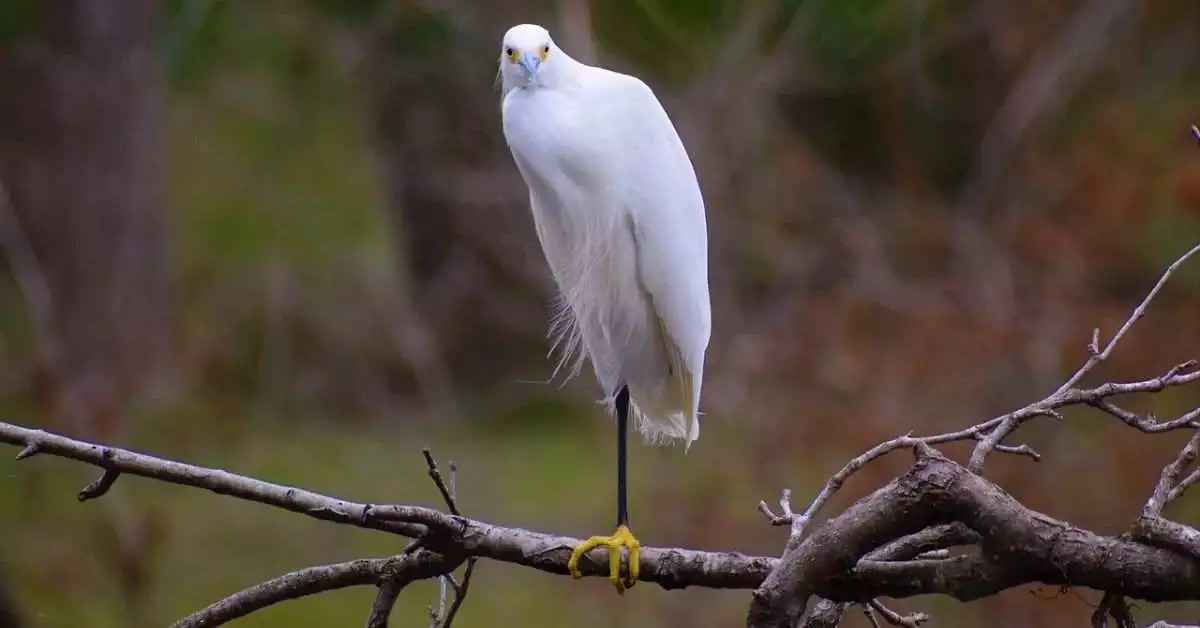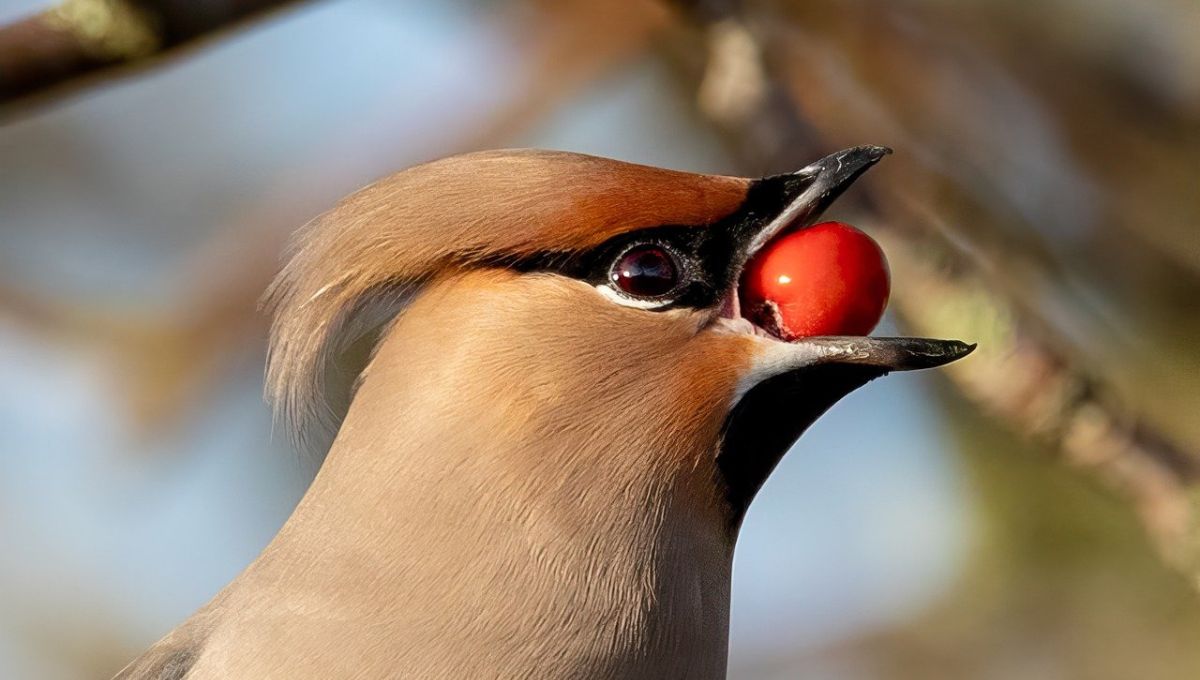Are you wondering or curious to know small birds with long legs? Today you will find the same as you search on google.
We all know that there are so many birds that have long legs. But today I took only 10 small birds that have long legs.
In this article, we’ll introduce you to the top 10 small birds with long legs.
Let’s dive in
Small Birds with Long Legs:
Small birds with long legs are an interesting group of birds that have adapted to their environment by developing long legs that help them move around easily.
These birds come from various habitats such as wetlands, grasslands, and woodlands. With their long legs, they can wade through water, navigate through tall grasses, and run across open fields.
Let’s explore their habitat, diet, and other things.
| Bird Name | Diet | Habitat | Size |
|---|---|---|---|
| American Woodcock | Insects, earthworms, and other invertebrates | Forests, wet meadows, and fields in the eastern U.S. | 11-12 inches long, 8-10 oz. in weight |
| Killdeer | Insects, spiders, and other small invertebrates | Open habitats such as fields, shorelines, and mudflats in North America | 9-11 inches long, 2-4 oz. in weight |
| Black-necked Stilt | Aquatic invertebrates such as insects, crustaceans, and mollusks | Wetlands and shallow waters in North and South America | 14-16 inches tall, 4.4-8.8 oz. in weight |
| Wilson’s Snipe | Insects, earthworms, and other invertebrates | Marshes and wet meadows across North America | 10-12 inches long, 3.5-5.5 oz. in weight |
| Spotted Sandpiper | Insects, crustaceans, and other small invertebrates | Near freshwater habitats in North and South America | 6.5-7.5 inches long, 1.5-2 oz. in weight |
| Common Greenshank | Fish, crustaceans, and other aquatic invertebrates | Wetlands and estuaries in Eurasia, Africa, and Australia | 13-15 inches long, 4-8 oz. in weight |
| Redshank | Aquatic invertebrates such as insects, crustaceans, and mollusks | Wetlands and estuaries in Eurasia | 10-12 inches long, 3.5-4.5 oz. in weight |
| Yellowlegs | Aquatic invertebrates such as insects, crustaceans, and mollusks | Wetlands and shallow waters in North and South America | 9-16 inches long, 2.5-7 oz. in weight |
| Marsh Sandpiper | Aquatic invertebrates such as insects, crustaceans, and mollusks | Wetlands in Eurasia and Africa | 10-12 inches long, 3-5 oz. in weight |
| Solitary Sandpiper | Insects and other small invertebrates | Near freshwater habitats in North and South America | 7.5-8.5 inches long, 1.5-2 oz. in weight |
Related: Top 10 Small Birds with Big Wings
American Woodcock:

A plump bird found in the eastern US with a long bill for finding insects. It does a fancy dance during mating season.
Killdeer:
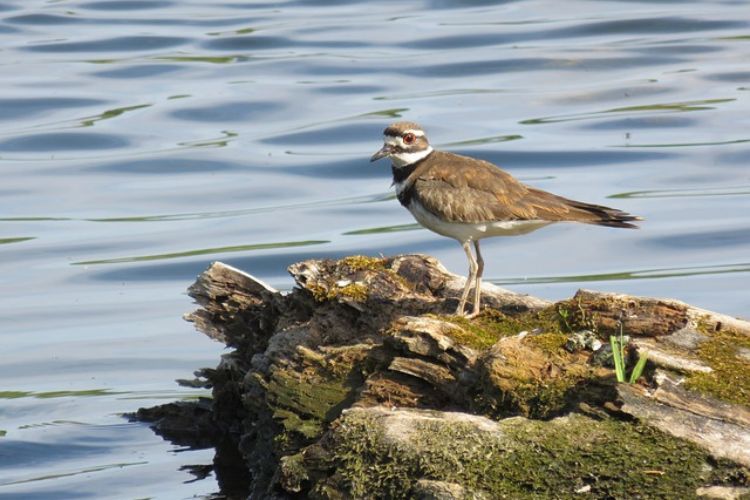
A common bird in North America is known for its two-note call. It pretends to have a broken wing to distract predators from its nest.
Black-necked Stilt:

A bird with long, pink legs and a black and white body was found near water in the Americas. It makes a loud, yapping noise.
Wilson’s Snipe:

A medium-sized shorebird with a long bill is found in wetlands across North America. It makes a special noise during courtship.
Spotted Sandpiper:
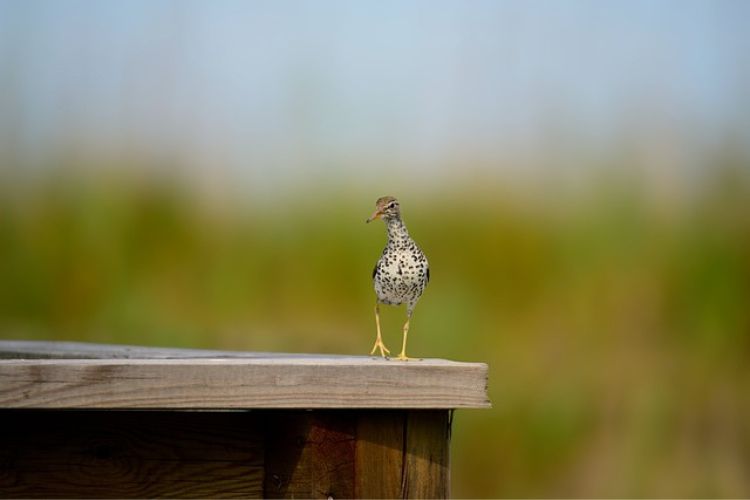
A small, brownish-gray bird with spots on its breast was found near water in the Americas. It has a unique walk.
Common Greenshank:

A medium-sized wading bird with a long, upturned bill found in wetlands in Eurasia, Africa, and Australia. It eats small fish and invertebrates.
Redshank:
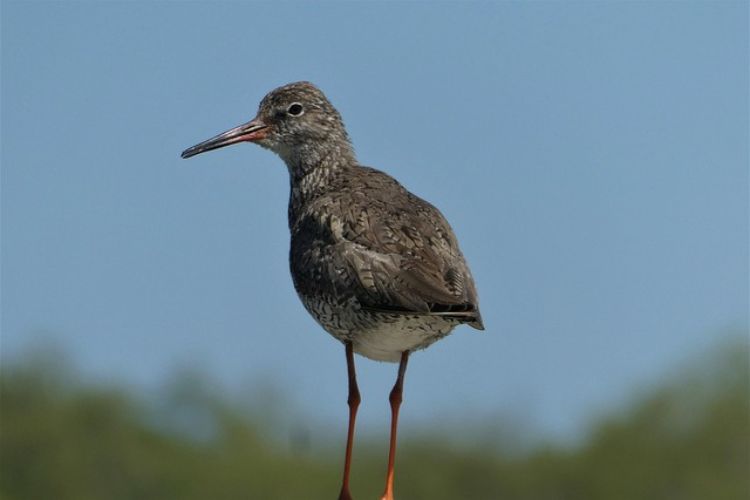
A medium-sized wading bird with bright red legs is found in wetlands in Eurasia. It makes a distinctive “tew-tew-tew” call.
Yellowlegs:

A medium-sized shorebird with bright yellow legs was found in the Americas. It eats small fish and invertebrates.
Marsh Sandpiper:
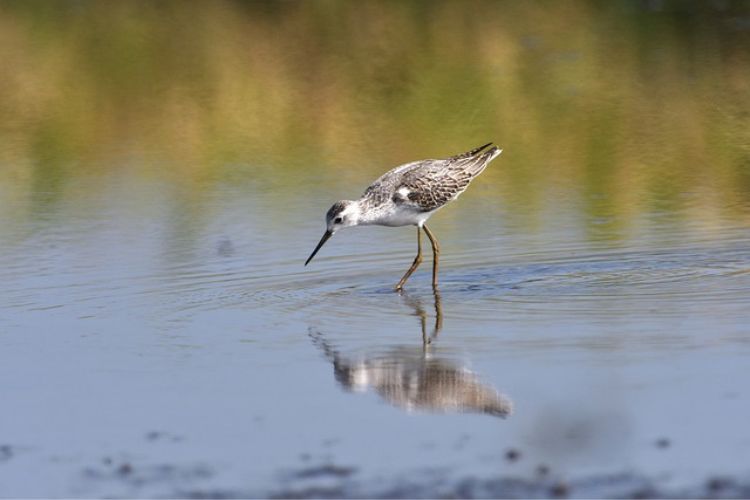
A medium-sized wading bird with a long, upturned bill found in wetlands in Eurasia and Africa. It eats small fish and invertebrates.
Solitary Sandpiper:

A small, brownish-gray bird with a white eye-ring was found near water in the Americas. It eats insects and other small prey and is often seen alone.
Conclusion:
To sum up, small birds with long legs are fascinating creatures that have adapted well to their environment. We hope this article has inspired you to appreciate their unique characteristics and behaviors.



